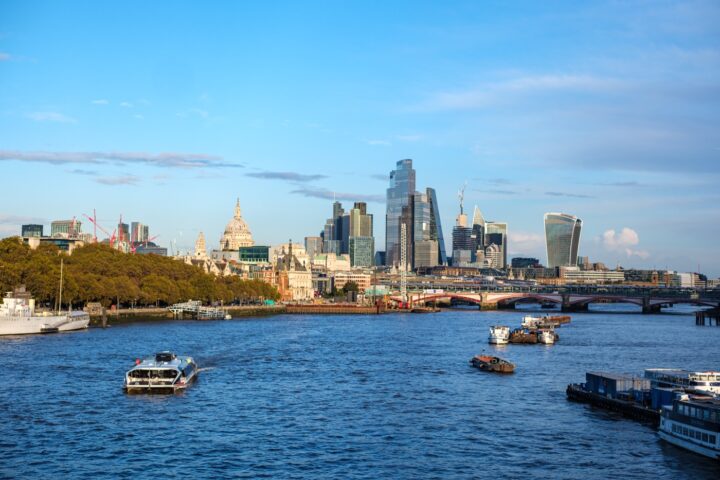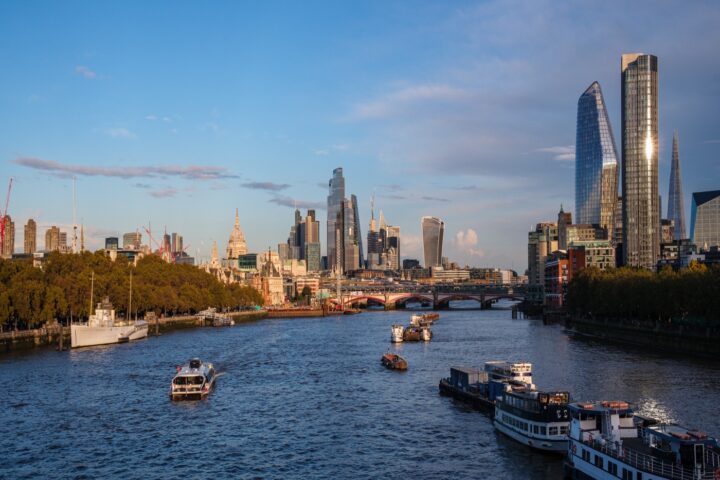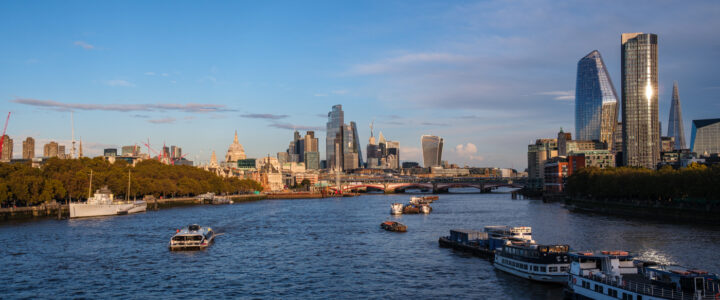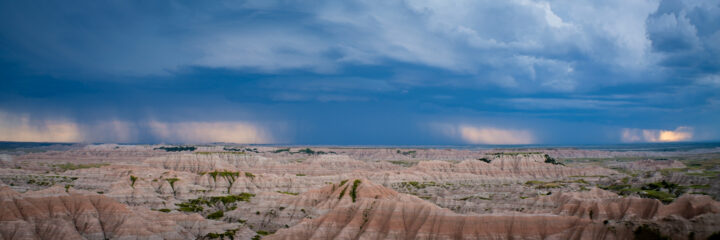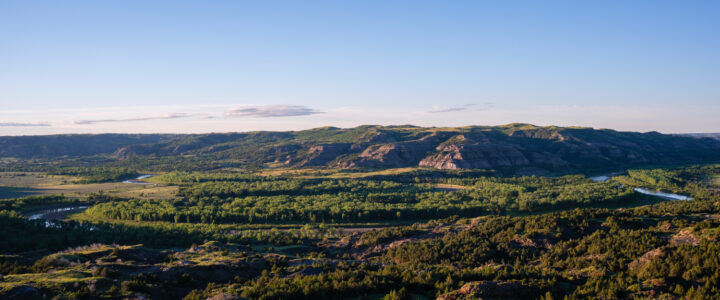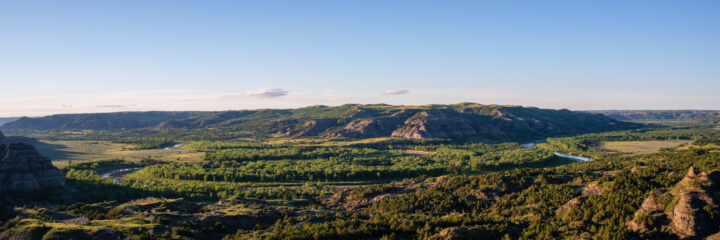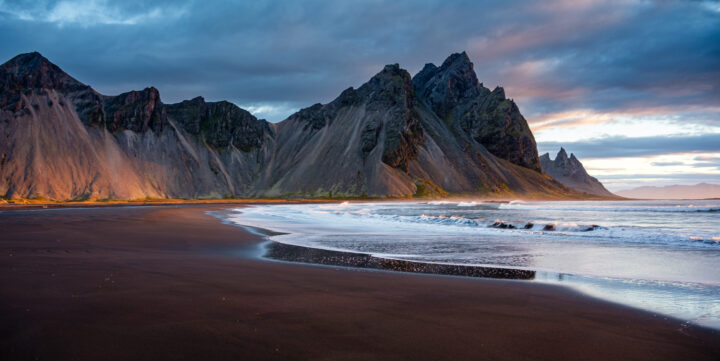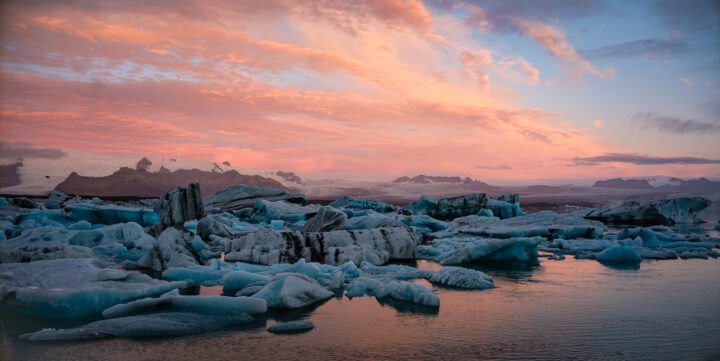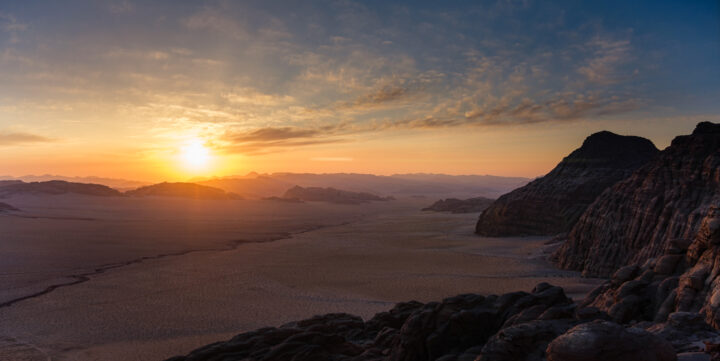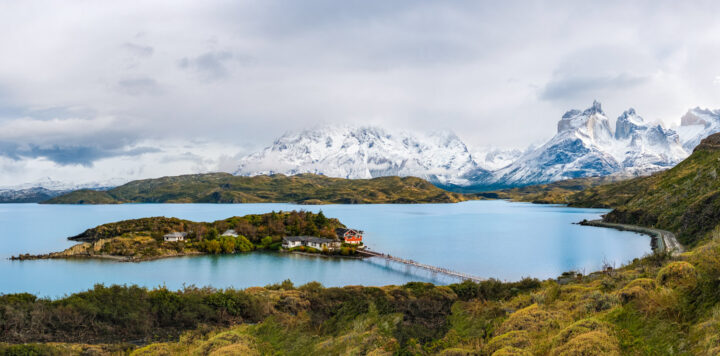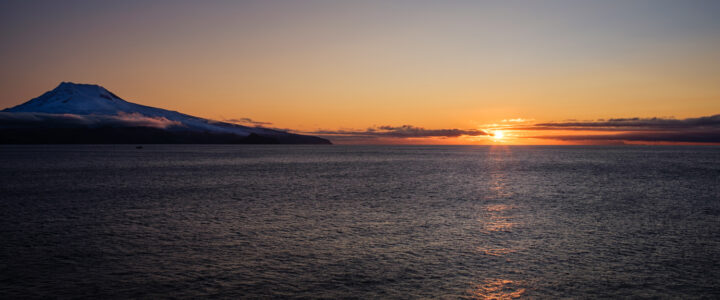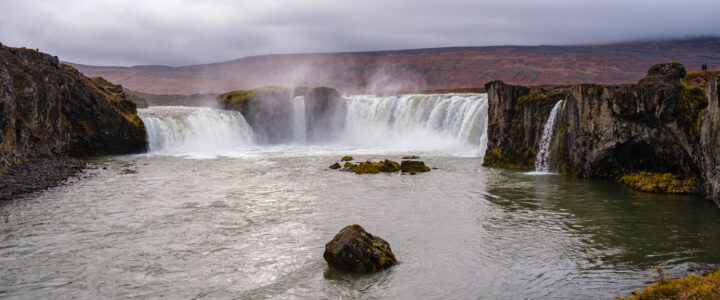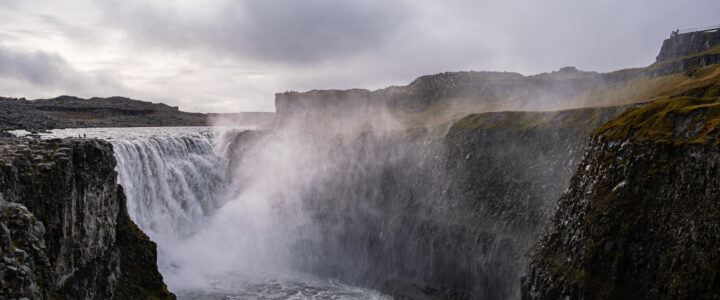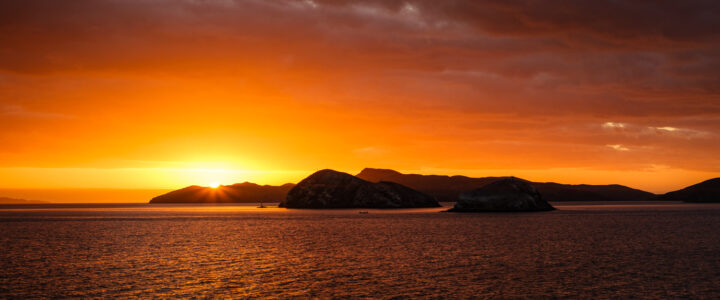Why a Digital XPan Fujifilm TX-3 Camera is NOT Needed
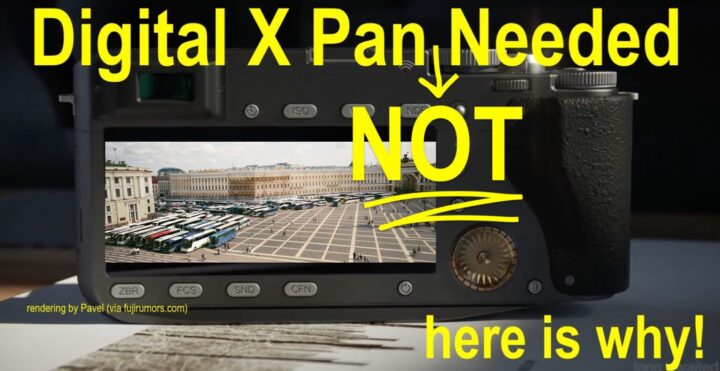
Look guys,
I am fan of the idea of Fujifilm launching the Fujifilm TX-3 digital XPan camera in 2028.
I support this idea and I hope that that rumor will become true in a few years from now.
And I am not the only one.
FR-reader Pavel has written a wonderful article about why a digital XPan is needed and has shared lots of gorgeous samples.
I have also added my own thoughts to this debate.
But FujiRumors is a community. And in a community we can have different ideas.
And we love to give space to people who have a different view on certain things, even if those views do not match with my ideas.
And today it’s Timothy (Instagram @gibsonetal), who dropped me an email and told me why a digital Fujifilm TX-3 XPan camera is not needed.
I’ll share this thoughts below and you are free to drop your feedback in the comments below.
No ultra-wide TX-1 or XPAN? Just get an anamorphic lens!
I have been a fan of wide-screen images for decades, beginning with movies I saw in the mid-1960s. I have always been fascinated with how these films were made, the cameras, the lenses, etc. So, it was with much interest that I read the Fuji Rumors posts on the possibilities of renewing the Fuji TX-1 / XPAN camera line with 24:65 images (a 2.7:1 aspect ratio). This would be exciting … but then I considered it from an engineering / technology development perspective.
The Fujifilm TX-1 / Hasselblad XPAN were wonderful cameras, but recreating the 2.7:1 aspect ratio with a custom wide digital sensor will be incredibly expensive to develop (and purchase), especially because Fujifilm does not own a sensor fabrication facility. Fujifilm would need to pay someone else to fab it … and work that custom run into the facility’s production schedule. Building a digital TX-1 successor may also require designing / fabricating / manufacturing not just the sensor, but also the lenses (the TX-1 /XPAN lenses had an enormous 70mm image circle). On the other hand, Fujifilm may be able to create a digital TX-1 equivalent by using a GFX100 firmware mod to vertically crop away about 50% of the image, delivering an ultra-wide 2.7:1 image of approximately 50MP.
Luckily, there is a very effective, but far less expensive, way to create wide-aspect images using standard cameras and anamorphic lenses. In 2022, I started experimenting with anamorphic lenses to make my own wide-aspect still images which exceed the standard aspect ratios for both cameras (3:2 and 4:3) and video systems (16:9, or 1.77:1).
I’ve been able to create ultra-wide images with aspect ratios of 2:1, 2.4:1, 2.5:1, and 3:1 using both a standard Fujifilm X-T4 or X-T5, and multiple off-the-shelf anamorphic lenses costing less than $3,000 altogether. Even better, these images use the camera’s entire sensor because the lens’s optics squeeze the wider image onto the normal sensor (I de-squeeze them during post-processing). Given this, it makes little sense for me to buy a special purpose digital ultra wide digital camera and supporting lenses.
I use Sirui** anamorphic equipment and own the following (no sponsorship, I bought these):
– Two 1.33x squeeze anamorphic lenses (24mm/F2.8 & 50mm/F1.8) producing a 2:1 aspect ratio image after de-squeezing the original image.
– One 1.6x squeeze anamorphic lens (35mm/T2.9 Saturn for full frame) producing a 2.4:1 aspect ratio image
– One 1.25x anamorphic adapter which can be used either alone or with the 35mm or 50mm (not the 24mm, its image circle is too small).
Combined with the 50mm 1.33x lens, the 1.25x adapter produces a 2.5:1 aspect ratio image.
When you combine the 1.25x adapter with a 1.6x lens, it produces a 3:1 aspect ratio image, clearly exceeding the TX-1/XPAN’s 2.7:1 aspect ratio, and making it the digital equivalent of the Linhof Technorama or Fujifilm GX617 film cameras.
The lenses listed above, and the images they deliver from a standard camera, is why I think a digital TX-1 / XPAN special purpose digital camera with a (super expensive!) ultra-wide sensor is unnecessary. This approach is also less expensive than buying a GFX100 or other medium format camera.
My favorite lens is the Sirui Saturn 35mm/T2.9 anamorphic lens with a 1.6x squeeze. It is made from carbon fiber, weighs 418g and measures 103mm x 61mm. The lens is currently on sale for ~$1,100 (list price is $1,299) and the 1.25x anamorphic adapter is $499. Regardless of whether it’s on sale, this lens is much less expensive than either a digital TX-1 or a GFX100. Adding the 1.25x adapter to deliver a 3:1 image keeps the total under $2,000.
Below are 15 sample images. The first three are taken with a Fujifilm X-T5. The first is taken with a Fujinon 35mm/F1.4 and the second with the Sirui 35mm anamorphic with a 1.6x squeeze. If you look at the second image, you may notice everything seems squeezed together. An anamorphic lens’s special optics provide a wider field of view and squeezes them onto a standard sensor. The third image is actually the second image after being “de-squeezed.” The third image is clearly much wider than the standard 35mm lens’s image, but the vertical aspect is the same, as is any telecompression effect. There is also no “wide angle” distortion.
The next 4 images were taken a couple of weeks ago in two U.S. National Parks, Badlands and Theodore Roosevelt (North Unit) using the 1.6x squeeze 35mm and also the 35mm 1.6x combined with the 1.25x adapter. This was my first time using the 1.25x adapter, but these images show the difference between using an anamorphic lens with a 1.6x squeeze (2.4:1 aspect ratio) and a 2x squeeze (3:1 aspect ratio). All four photos were taken with a Fujifilm XT-4.
The next four images are from Iceland, Jordan, and Patagonia. All four have a 2:1 aspect ratio and were taken using a Sirui 24mm/F2.8 with a 1.33x squeeze on a Fuji XT-4.
The last four illustrate the 2.4:1 aspect ratio from the Sirui Saturn 35mm/T2.9 (1.6x squeeze). These were taken off Jan Mayen in the North Atlantic, in Iceland, and in the Sea of Cortez.
The Saturn 35mm/T2.9 has become my anamorphic travel lens of choice. Compared to the 24mm/F2.8, the 35mm is smaller in all dimensions and half the weight, and has nearly the same horizontal field of view (the 24mm provides a FoV equivalent to an 18mm standard lens while the higher squeeze on the 35mm is equivalent to a 21.8mm). Being able to have an ultra wide-angle option for photography by only bringing one extra lens when travelling has been amazing. My friends call the photos taken with these anamorphic lenses “epic” shots because they evoke the feelings of watching epic movies, like Lawrence of Arabia.
If you have questions, please send email to tgibson.photography@gmail.com, or message me on Instagram @gibsonetal
Tim Gibson
** Note: Laowa / Venus Optics also makes low-cost anamorphic lenses with their Nanomorph line. These were unavailable when I started experimenting two summers ago, but they appear to be equally good .


